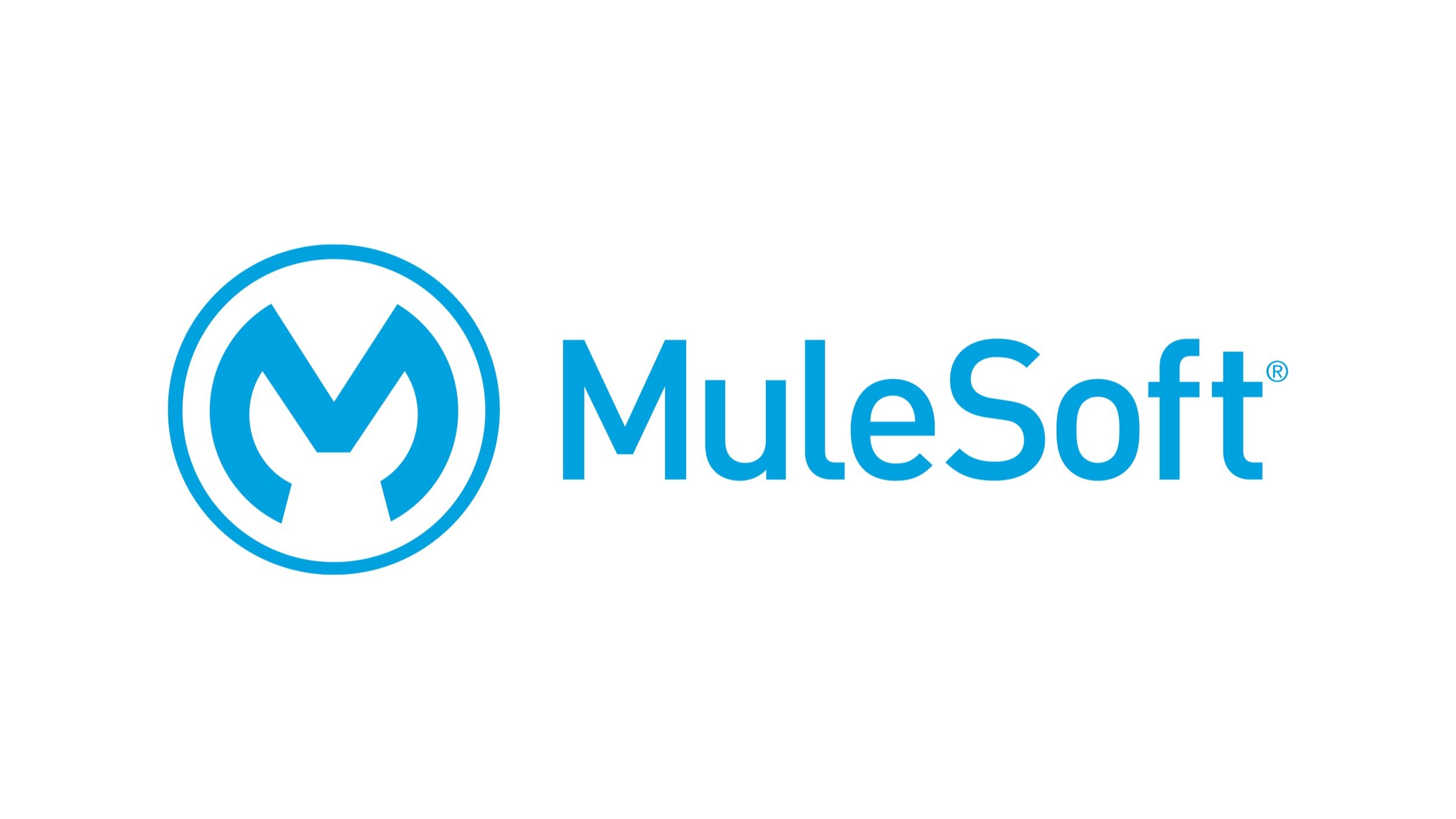the ultimate low-code platform guide
BY JESSE FORBES
SENIOR CONSULTANT, APPLICATION DEVELOPMENT
At Hylaine, we frequently encounter questions about the use of Low-Code platforms. The value proposition is appealing. There’s no getting around it – developers, especially high-quality US-based ones – are very expensive. The potential to create applications and integrations with approaches that don’t require coding knowledge is huge.
Low-code platforms provide the ability to develop software applications with minimal coding required. This is achieved through abstracting the complexities of traditional application development into intuitive, user-friendly development environments with drag-and-drop interfaces. Simple and commonly used features are available to the developer via widgets, tools, and settings. The platform can allow the developer to avoid writing code in most cases. Many allow an “Escape Hatch” via the writing of code for more complex features.
These lower friction toolsets lower the entry barrier to application development. Companies can, in theory, leverage their existing staff with little development experience to contribute to the development process in ways that were not previously available. With less intensive coding and more employees contributing to development, low-code platforms can offer significantly faster delivery speed at reduced costs.
There are also drawback factors to consider when assessing low-code platforms. One of the tradeoffs for using a low-code platform is sacrificing flexibility. Platform consumers may find themselves having to settle for unpreferred UI designs, lack of certain third-party integrations, and unsupported features. These options vary by vendor, so it is very important to research each low-code platform independently to better understand the possibilities and limitations of each. This knowledge is crucial when trying to determine if the low-code platform can fulfill the consumer’s vision and business requirements. Hylaine helps clients work through these comparisons by using our proven Agile practices with technical thought leadership, from across many industries and successful projects.
Another point of consideration for low-code platforms is ownership. When using low-code platforms, consumer access to source code and logs is reduced. Without access to the source code, consumers will find it difficult to migrate applications from their parent vendors. In some cases, this would lead to the consumer losing the application they developed and having to rebuild it on a new platform. This is commonly known as “vendor lock-in”; the consumer’s dependency on the vendor becomes so great, the consumer is unable to leave the vendor without significant effort.
Vendor Lock-in could prove to be increasingly painful to consumers as the need for additional applications or connections arise. Depending on the vendor and contract, price increases may occur after the consumer is locked in and needs additional resources. This is not always the case; reputable vendors do offer contracts with consistent pricing, such as Microsoft’s license-based subscriptions. This sort of lock-in also applies to skillset. If an organization feels as though they need platform-specific skills, there are fewer developers available in the market to choose from. For what it’s worth, Hylaine has found that great developers are able to make the most of these platforms regardless of which specific one a client has chosen.
A final drawback to consider with low-code platforms is operating costs. Generally, you can expect to spend orders of magnitude (so, 10, 100, or 1000x) more for equivalent compute or storage capabilities when using a low-code platform. The good news here is that straightforward integrations and simpler applications don’t need extreme performance and the bulk of their cost lies in development. Even running one of these solutions for years will still be cheaper than developing a high-code solution.
At the time of writing this, Gartner reports the leading low-code platforms include OutSystems, Appian Low-Code Platform, and Microsoft Power Apps.
Here at Hylaine, the most common low-code platforms we’ve seen in use include Power Apps, Dell Boomi, and Mulesoft. Each of these platforms offers options to scale, customization, and a low barrier to entry. While a short blog post is not enough to dive deeply into each of these platforms, Hylaine has some general thoughts:
MULESOFT
The Mulesoft platform had a historic lead in capabilities during its earlier iterations, with more plug-ins and an (at the time) revolutionary approach to using JSON to describe flows. However, our experience with Mule 4 and the associated developer tools was negative. The acquisition by Salesforce means that the money is there to support the platform and improve these items, but it’s a question of Salesforce’s priorities as to whether or not that will occur. It doesn’t have GUI-based app development capabilities.
DELL BOOMI
Dell Boomi attempts to be both a system integration platform and a low-code GUI platform. We’ve seen and helped design solutions that accomplish both of these goals, albeit with the drawbacks described above. Dell has at least made an effort to create a path to learning here and a knowledge base, but the polish is low and for anyone familiar with development there’s an enormous amount of boilerplate focused on business users and extreme beginners.
MICROSOFT POWER APPS
Microsoft’s Power Apps takes advantage of much of the polish that the vendor has lavished on its enterprise products over the years. It also takes a franker approach to the realities of low-code development that involve high-code “Escape Hatches”, describing integration with Azure Web Functions in detail. At the end of the day, it’s still similar to most other low-code platforms, but an attractive choice for organizations committed to the Microsoft ecosystem.
We find that when clients are deciding on a low-code platform, their top priorities include short onboarding time, strong vendor support, and increased efficiency. They want to be able to hit the ground running and start development quickly without getting hit by a steep learning curve. They want to feel confident that the vendor they work with is reliable and capable of providing the technical support they need. They want to be able to leverage the platform’s advantages to reduce development time and costs. At Hylaine, we combine our clients’ goals with our market expertise and research to help our clients assess their vendor options so that they may choose a low-code platform with confidence.
Low-code platforms are a rapidly growing market and are being heralded by many as an efficient, low-cost alternative to traditional application development. Although the benefits to using these platforms are apparent, it is important for consumers to also be aware of the tradeoffs. Firms experienced in helping to calculate TCO and implementation costs for solutions, like Hylaine, should be able to help make the correct call for each problem and organization.




